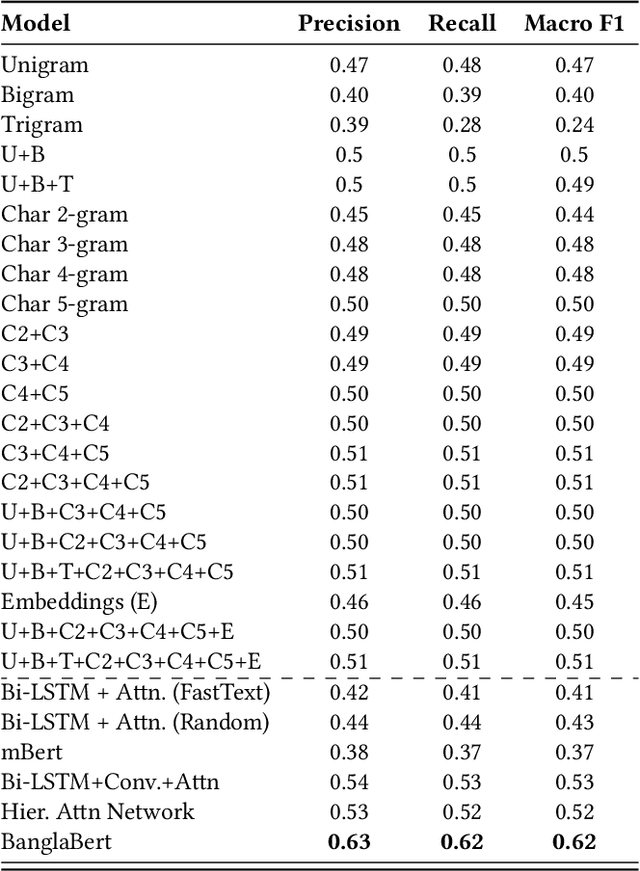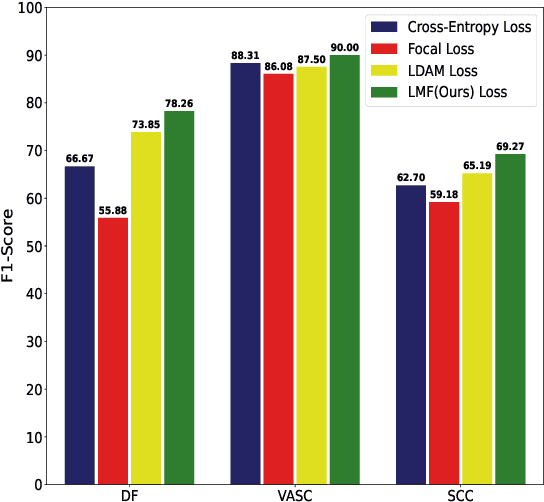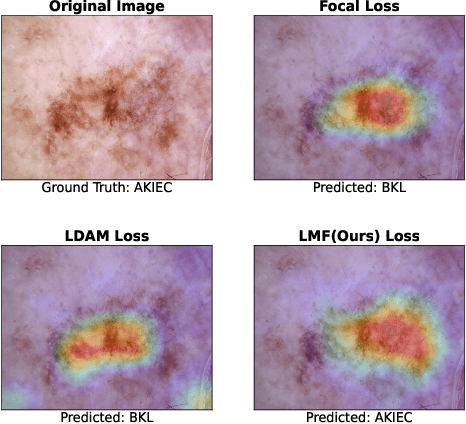Labib Chowdhury
SentiGOLD: A Large Bangla Gold Standard Multi-Domain Sentiment Analysis Dataset and its Evaluation
Jun 09, 2023



Abstract:This study introduces SentiGOLD, a Bangla multi-domain sentiment analysis dataset. Comprising 70,000 samples, it was created from diverse sources and annotated by a gender-balanced team of linguists. SentiGOLD adheres to established linguistic conventions agreed upon by the Government of Bangladesh and a Bangla linguistics committee. Unlike English and other languages, Bangla lacks standard sentiment analysis datasets due to the absence of a national linguistics framework. The dataset incorporates data from online video comments, social media posts, blogs, news, and other sources while maintaining domain and class distribution rigorously. It spans 30 domains (e.g., politics, entertainment, sports) and includes 5 sentiment classes (strongly negative, weakly negative, neutral, and strongly positive). The annotation scheme, approved by the national linguistics committee, ensures a robust Inter Annotator Agreement (IAA) with a Fleiss' kappa score of 0.88. Intra- and cross-dataset evaluation protocols are applied to establish a standard classification system. Cross-dataset evaluation on the noisy SentNoB dataset presents a challenging test scenario. Additionally, zero-shot experiments demonstrate the generalizability of SentiGOLD. The top model achieves a macro f1 score of 0.62 (intra-dataset) across 5 classes, setting a benchmark, and 0.61 (cross-dataset from SentNoB) across 3 classes, comparable to the state-of-the-art. Fine-tuned sentiment analysis model can be accessed at https://sentiment.bangla.gov.bd.
LMFLOSS: A Hybrid Loss For Imbalanced Medical Image Classification
Dec 24, 2022



Abstract:Automatic medical image classification is a very important field where the use of AI has the potential to have a real social impact. However, there are still many challenges that act as obstacles to making practically effective solutions. One of those is the fact that most of the medical imaging datasets have a class imbalance problem. This leads to the fact that existing AI techniques, particularly neural network-based deep-learning methodologies, often perform poorly in such scenarios. Thus this makes this area an interesting and active research focus for researchers. In this study, we propose a novel loss function to train neural network models to mitigate this critical issue in this important field. Through rigorous experiments on three independently collected datasets of three different medical imaging domains, we empirically show that our proposed loss function consistently performs well with an improvement between 2%-10% macro f1 when compared to the baseline models. We hope that our work will precipitate new research toward a more generalized approach to medical image classification.
Curricular SincNet: Towards Robust Deep Speaker Recognition by Emphasizing Hard Samples in Latent Space
Aug 21, 2021Abstract:Deep learning models have become an increasingly preferred option for biometric recognition systems, such as speaker recognition. SincNet, a deep neural network architecture, gained popularity in speaker recognition tasks due to its parameterized sinc functions that allow it to work directly on the speech signal. The original SincNet architecture uses the softmax loss, which may not be the most suitable choice for recognition-based tasks. Such loss functions do not impose inter-class margins nor differentiate between easy and hard training samples. Curriculum learning, particularly those leveraging angular margin-based losses, has proven very successful in other biometric applications such as face recognition. The advantage of such a curriculum learning-based techniques is that it will impose inter-class margins as well as taking to account easy and hard samples. In this paper, we propose Curricular SincNet (CL-SincNet), an improved SincNet model where we use a curricular loss function to train the SincNet architecture. The proposed model is evaluated on multiple datasets using intra-dataset and inter-dataset evaluation protocols. In both settings, the model performs competitively with other previously published work. In the case of inter-dataset testing, it achieves the best overall results with a reduction of 4\% error rate compare to SincNet and other published work.
 Add to Chrome
Add to Chrome Add to Firefox
Add to Firefox Add to Edge
Add to Edge